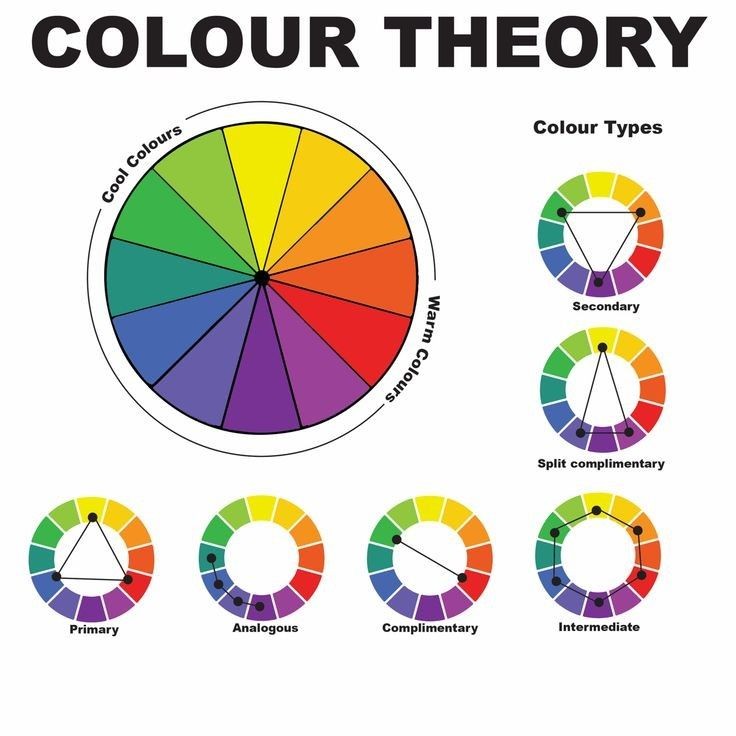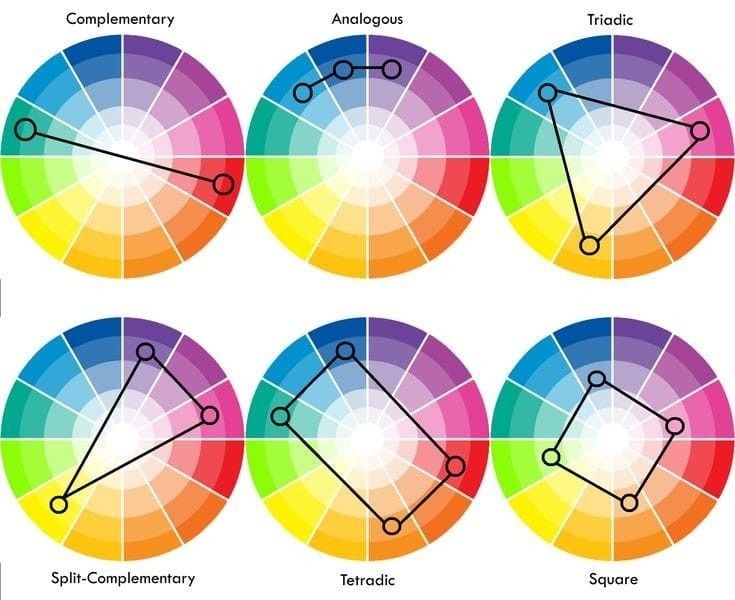The Role of Color in Fashion and Its Impact on the Industry

Introduction
Colors are the heartbeat of the fashion world. From everyday outfits to high-end designer collections, the role of color in fashion shapes style, evokes emotions, and influences consumer choices. This article explores the role of color in fashion, delving into color psychology, seasonal trends, and tips for incorporating colors into personal style.
Primary Keyword: Role of Color in Fashion
Why Is Color Important in Fashion?
The role of color in fashion extends beyond aesthetics—it’s a powerful tool for communication, brand identity, and audience engagement. Key reasons why colors matter include:
- Psychological Impact: Colors trigger emotions like joy, confidence, or calmness.
- Brand Identity: Iconic brands like Gucci (red and green) or Chanel (black and white) use signature colors to stand out.
- Customer Attraction: Vibrant and harmonious colors encourage purchases.
- Seasonal Trends: Each season introduces trending colors that influence designers and consumers alike.
Secondary Keyword: Importance of Color in Fashion
The Psychology of Colors in Fashion

Colors in fashion directly influence human emotions and perceptions. Below, we explore the role of color in fashion through the lens of psychology for various hues:
1. Red: Power and Passion
- Role: Red exudes boldness and energy, perfect for evening wear or standout accessories.
- Example: Valentino’s iconic red dresses are a staple in luxury fashion.
2. Blue: Calmness and Trust
- Role: Blue conveys professionalism and serenity, ideal for formal attire or casual looks.
- Example: Navy suits are a timeless choice for men’s wardrobes.
3. Black: Elegance and Timelessness
- Role: Black symbolizes sophistication and versatility, suitable for any occasion.
- Example: The little black dress (LBD) remains a must-have for every woman.
4. White: Purity and Freshness
- Role: White evokes simplicity and is popular for summer outfits and bridal wear.
- Example: White minimalist dresses dominate modern street style.
5. Yellow: Joy and Energy
- Role: Yellow sparks positivity and is used in spring collections to grab attention.
- Example: Yellow coats add vibrancy to casual outfits.
6. Green: Nature and Balance
- Role: Green promotes calmness and connection to nature, fitting for both casual and formal wear.
- Example: Olive green is a go-to for fall collections.
7. Purple: Creativity and Luxury
- Role: Purple signifies creativity and opulence, often seen in statement pieces.
- Example: Purple handbags are trending in bold, modern looks.
8. Orange: Warmth and Enthusiasm
- Role: Orange radiates energy and is perfect for casual wear and accessories.
- Example: Orange scarves elevate simple outfits with a pop of color.
Secondary Keyword: Psychology of Color in Fashion
The Role of Color in Fashion Trends
The role of color in fashion is closely tied to seasonal trends. The Pantone Color Institute announces a Color of the Year, influencing designers and consumers alike. For instance:
- 2024: “Peach Fuzz” (a soft peach) was chosen for its warmth and intimacy.
- 2025: Expect earthy tones like forest green, terracotta, and oceanic blue to dominate.
Designers leverage these colors to create collections that resonate with societal moods. Incorporating trending colors into clothing, accessories, and store aesthetics drives consumer interest and sales.
Secondary Keyword: Fashion Color Trends 2025
Tools for Fashion Design with Color
For aspiring fashion designers, choosing the right tools can enhance color application in designs. We offer a Fashion Figure Pack in our store, featuring Procreate brushes and printable PDF files. This pack allows you to create stunning fashion sketches with your preferred color palettes. Visit our Shop section to grab this essential tool and unleash your creativity in the world of fashion!
Secondary Keyword: Fashion Design Tools
How to Use Colors in Personal Style

To create a captivating style with the role of color in fashion, consider these tips:
- Understand the Color Wheel: Pair complementary colors (e.g., blue and orange) or analogous colors (e.g., green and yellow) for harmony.
- Match Skin Tone: Warm skin tones pair well with earthy hues like gold, while cool tones suit blues and purples.
- Balance Colors: Use neutrals (white, gray, black) as a base and accent with bold hues in accessories.
- Consider the Occasion: Bright colors work for casual settings, while muted tones suit formal events.
Secondary Keyword: Choosing Colors for Style
The Impact of Color in Fashion Marketing
Fashion brands harness the role of color in fashion to influence consumer behavior:
- Packaging and Logos: Eye-catching colors in packaging and logos enhance brand recall.
- Advertising Campaigns: Harmonious color schemes in visuals strengthen brand messaging.
- Store Ambiance: Warm colors (e.g., orange) encourage purchases, while cool colors (e.g., blue) create a calming shopping experience.
Secondary Keyword: Color in Fashion Marketing
Conclusion
The role of color in fashion is pivotal in shaping brand success, engaging customers, and defining personal style. By understanding color psychology, embracing 2025 fashion color trends, and using tools like our Fashion Figure Pack, you can make a lasting impact in the fashion world. Start experimenting with colors today to transform your style!
👉🏻 What’s your favorite color in fashion? Share in the comments below and subscribe to our newsletter for the latest style and design tips!


Comments ()